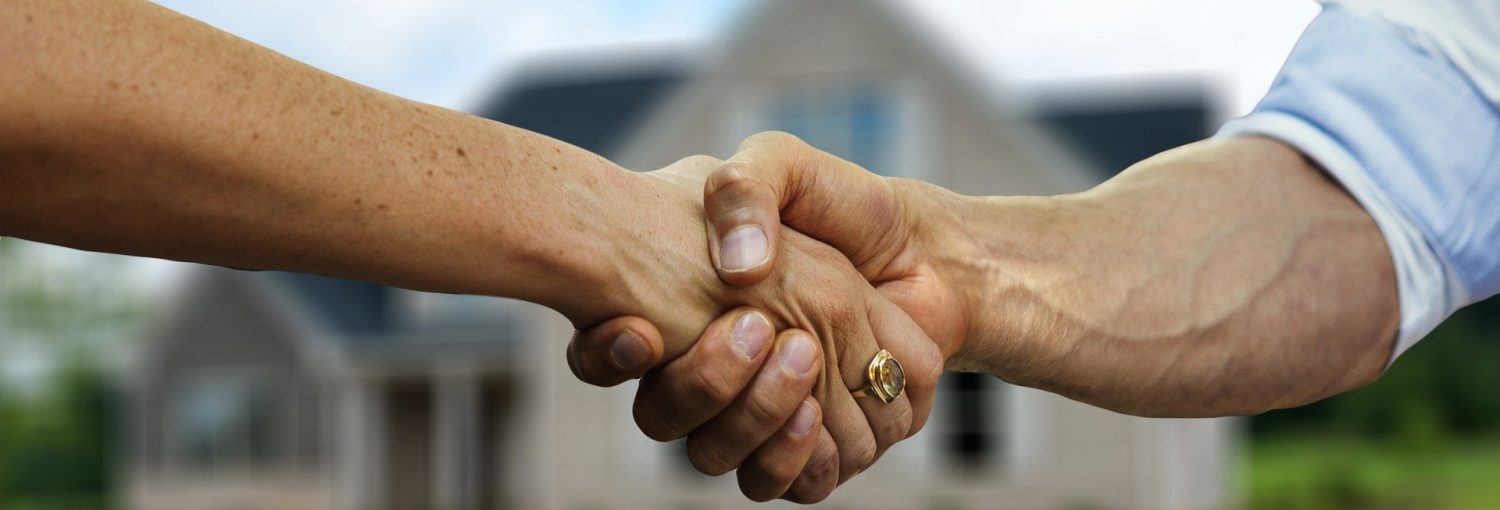Introduction
Plumbing plays a vital role in the construction of a new home,providing the infrastructure necessary for water supply,drainage,and waste disposal. Ensuring that the plumbing system is well-designed,properly installed,and in compliance with local building codes is essential for the functionality,safety,and comfort of your new home. In this article,we’ll explore the key aspects of plumbing in a new home build.
**1. Plumbing System Design**
Designing the plumbing system is the first step in the process. A well-thought-out plan is essential to ensure the efficient flow of water and waste throughout the house. Key considerations include:
– **Layout:** Determine the optimal location of plumbing fixtures,such as sinks,toilets,showers,and appliances. The layout should prioritize efficiency while accommodating the homeowner’s preferences.
– **Pipe Sizing:** Choose the right size and type of pipes to deliver water to different fixtures in the house. The diameter of the pipes and the choice of materials depend on factors like water pressure,water source,and local building codes.
– **Ventilation:** A well-designed plumbing system includes proper venting to prevent airlocks and allow for the proper flow of wastewater. Adequate ventilation is crucial for the prevention of foul odors and the efficient operation of drainage. home loan and construction loan
**2. Materials**
Selecting high-quality plumbing materials is essential to ensure the longevity and reliability of your plumbing system. Common plumbing materials include:
– **Copper:** Durable and resistant to corrosion,copper pipes are a popular choice for water supply lines.
– **PEX:** Cross-linked polyethylene (PEX) pipes are flexible and easy to install. They are often used for both hot and cold water lines.
– **PVC and ABS:** Plastic pipes like PVC (polyvinyl chloride) and ABS (acrylonitrile-butadiene-styrene) are commonly used for drainage and waste lines.
– **Cast Iron:** Cast iron pipes are robust and typically used for sewage and drainage.
**3. Water Supply**
The water supply system in your new home includes pipes that deliver fresh water to all fixtures and appliances. This system typically consists of:
– **Main Water Line:** A main water line connects your home to the municipal water supply or a private well. This line should be properly sized to accommodate your water needs.
– **Water Heater:** The water heater heats and stores water for domestic use. Common options include tankless,gas,electric,and solar water heaters.
– **Fixtures:** Faucets,showerheads,toilets,and appliances are connected to the water supply system. Ensuring that fixtures are high-quality and water-efficient can lead to significant cost savings over time.
**4. Drainage and Waste System**
The drainage and waste system is responsible for safely removing wastewater from your home. It includes:
– **Drain Lines:** Drain pipes carry wastewater away from fixtures and connect to the main sewage or septic system.
– **Sewage or Septic System:** Depending on your location and regulations,your home may connect to a municipal sewage system or rely on a septic tank for wastewater treatment.
– **Vent Pipes:** Vent pipes release sewer gases and maintain proper pressure in the drainage system,preventing airlocks and odors.
**5. Inspections and Code Compliance**
Throughout the plumbing installation process,inspections by local building authorities are essential to ensure compliance with codes and standards. Inspectors verify that the system has been installed correctly,is leak-free,and meets safety and health requirements.
**6. Water Conservation and Efficiency**
Modern plumbing systems incorporate water-saving features and fixtures to promote conservation and reduce water bills. Low-flow toilets,water-efficient faucets,and smart irrigation systems are examples of water-saving innovations that can be incorporated into your new home.
**7. Future-Proofing**
As technology evolves,so does the plumbing industry. Consider future-proofing your plumbing system by allowing for the potential addition of smart home devices and fixtures,such as water leak detectors and automated irrigation systems.
**Conclusion**
Plumbing is an integral part of the construction of a new home,facilitating the essential functions of water supply,drainage,and waste disposal. A well-designed and professionally installed plumbing system ensures the comfort and functionality of your home. By paying attention to details,materials,and compliance with local building codes,you can create a plumbing system that stands the test of time and contributes to a modern and efficient lifestyle in your new home.
